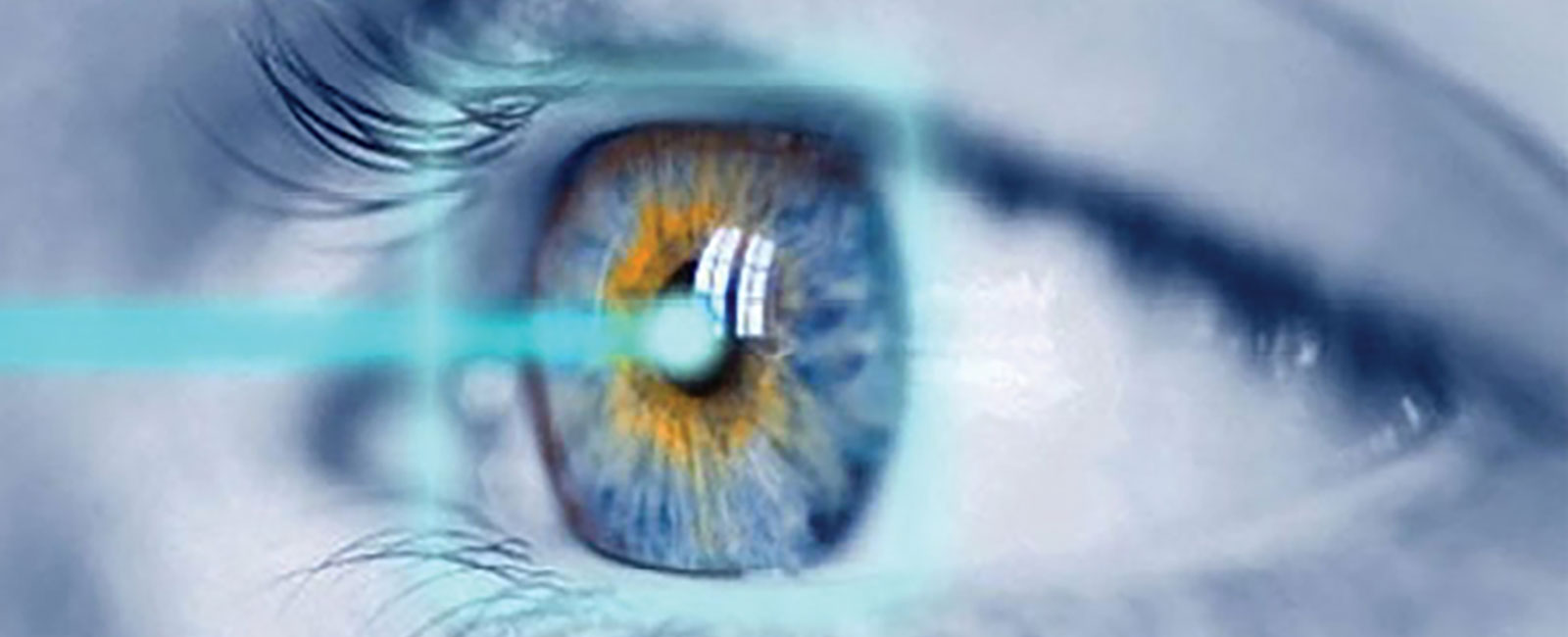
What is a Eye Laser Procedure?
There are 2 main types of laser procedures used by ophthalmologists (eye specialists) to treat eye conditions.
There are many types of device-related infections, including:
- The Argon Laser is a laser system that uses noble gas as its active medium to treat a variety of eye conditions. It works by reducing the pressure in the affected eye to help the eye’s fluid flow properly to prevent loss of sight.
- The Yag Laser is another laser treatment, commonly used to treat complications following cataract surgery. It works by clearing the clouding from the back surface of an intraocular lens so as to restore the patient’s sight.
Common Indications for Eye Laser Procedures
Eye laser procedures are commonly used to treat cases of retinal detachment or retinal breaks. Some of the common indications which may require eye laser treatment include:
- Increase in the number of floaters in the eye.
- Flashes of light in the eye.
- Worsening of the outer part of the visual field, where one experiences curtain-like shadows over the field of vision.
You are advised to contact an eye specialist for further assessment and treatment if you experience any of the above symptoms.
How do I know if I have retinal detachment?
-
Retinal detachment occurs when the retina is separated from the outer layers of the eye. If not treated early, retinal detachment may lead to partial or complete loss of vision.
Middle-aged and older persons may see floaters and flashes in the eye. Some retinal detachments can go unnoticed until a large section of the retina is detached. In these instances, patients may notice the appearance of a dark shadow in some parts of their vision. Further retinal detachment will blur central vision and create significant loss of sight in the affected eye.
Retinal detachments may also occur suddenly and the patient may experience total loss of vision in the affected eye.
What are the risk factors for retinal detachment?
You may be at a higher risk of retinal detachment if you have one or more of the following risk factors:
- Myopia (short sightedness), as it leads to thinning of the retina and therefore increases the risk of developing holes or tears in the retina
- Family history of retinal detachment
- Undergone cataract surgery previously
- Suffer from diseases such as tumors, severe inflammation or complications from diabetes
Before and During Laser Procedure
- A clinic staff or nurse will help you to schedule an appointment for the laser procedure after your doctor consultation
- On the procedure day, eye drops may be applied to dilate (enlarge) or constrict your pupils
- Following the application, you will need to wait for about 30 to 60 minutes for the eye drops to achieve its desired effect
- Before the procedure, local anesthetic eye drops will be instilled into your eye to numb the surface after the pupil has dilated
- A lens will be placed on the eye to allow the doctor to focus the laser on the retina
- You will hear some clicks of the machine firing and see some bright flashes of light
- You will need to keep your eye still and wide open as much as possible during the procedure
- Your nurse will assist by holding your chin and head in place during the procedure
- The laser procedure is expected to take about 10 to 30 minutes
What will I expect after the laser procedure?
- Your blood pressure will be recorded.
- Your vision may be blurred for a few hours, partly because the pupil will remain dilated for a while.
- Some minor discomfort and irritation may be expected after the procedure.
- Painkillers may be prescribed by your doctor for pain relief.
- Eye drops will be prescribed to reduce the risk of inflammation and infection.
Dos and Don’ts After Laser Procedure
- Arrange for someone to accompany you home after the procedure.
- DO NOT drive as you will experience some side effects of anesthesia and blurring of vision after the procedure.
- Monitor your headache (if any) and inform your doctor if your pain is not relieved by painkillers.
- Clean your hands before instilling eye drops in the affected eye.
- DO NOT rub the affected eye.
- Avoid heavy lifting for the next 48 hours after the procedure.
- Avoid getting water into the affected eye for the next 2 weeks.
- Avoid crowded and dusty places.
- Wear sunglasses when you are outdoors to keep your eyes comfortable and less sensitive to light.
- Refrain from swimming, bathing in bathtubs, strenuous activities, driving or motorcycle riding until your vision is clear or as advised by the doctor.
- DO NOT miss your scheduled appointments with your doctor.
- Bring along all your eye drops with you on your post-procedure visits to the doctor.
When do I need to contact my doctor?
More Support Links:
